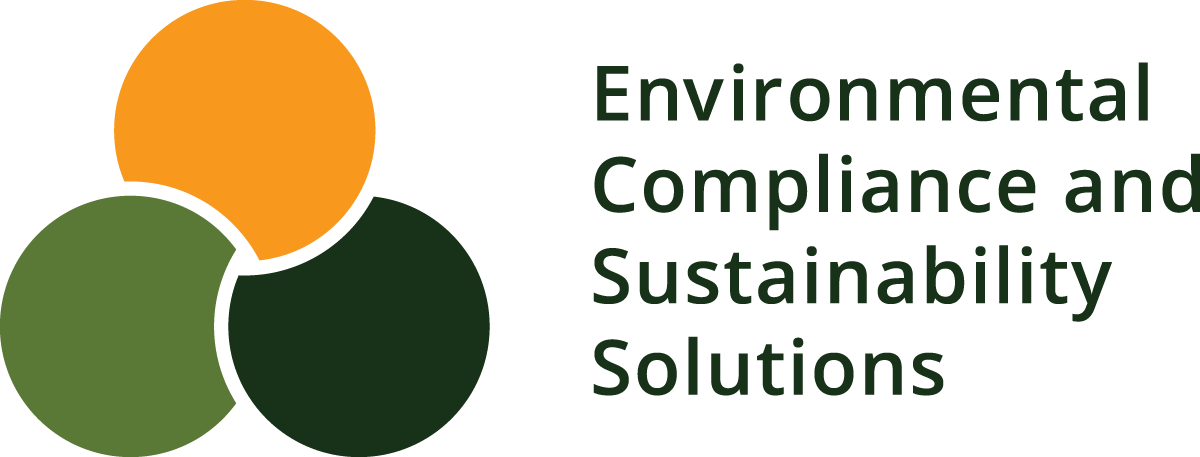Elevate Your ISO Management Planning: Efficiency and Compliance with Expert Guidance
Planning is Essential for a Successful ISO Management System
Mastering ISO planning can propel your organization to new heights of efficiency and compliance. This article discusses why you need to plan for your ISO management system, the best frequency for planning, and why you need to align your planning exercises with your existing business processes.

Why Plan?
Planning in ISO is necessary because it’s a requirement of the standard, and you won’t achieve compliance without it. ISO management systems rely on the Plan-Do-Check-Act (PDCA) model, an iterative process organizations use to achieve continual improvement. Section 6 of the ISO standards emphasizes planning and represents the “P” in the PDCA model. Each ISO standard varies, but Section 6 typically includes “Actions to address risks and opportunities” and “Objectives and Planning to achieve them.” Basically, Section 6 of the ISO standard requires organizations to take a proactive approach to risk management, establish clear objectives, and create structured plans to achieve these objectives.
ISO Management Planning Frequency
ISO standards don’t define the frequency at which you need to conduct planning exercises. This allows you to decide whether to hold your planning exercises monthly, annually, or at another frequency. Typically, organizations conduct their planning exercises annually. Unless your organization is experiencing tremendous growth or change, annual planning should suffice. At ECSS, we’ve noticed that most organizations hold their ISO planning exercises separately from their business planning. However, we believe there are many opportunities to increase the efficiency and effectiveness of your management system by integrating your ISO management planning with your regular business planning cycle.
Integrating ISO Management Planning with Existing Business Processes
At ECSS, we recommend integrating your ISO Management Systems with your existing processes. This approach increases the efficiency and effectiveness of your management system. For example, in lean manufacturing, Q4 is usually dedicated to conducting a value stream analysis to identify inefficiencies, waste, and unnecessary costs within business operations. By the end of Q4 or the beginning of Q1, goals are set, projects identified, and resources allocated to address these inefficiencies. If you conduct your ISO planning exercise separately, you may successfully identify objectives, projects, and tasks, but you might struggle to find resources since they’ve already been allocated for the year.
ISO planning is essential for compliance and continual improvement within your organization. By adhering to the Plan-Do-Check-Act (PDCA) model, ISO standards help you address risks, set objectives, and streamline processes. While planning frequency is flexible, integrating ISO planning with existing processes, such as lean manufacturing, ensures efficiency and resource optimization. At ECSS, we emphasize the importance of aligning your ISO management systems with your business operations for maximum effectiveness.
Ready to Enhance Your ISO Management System?
Contact ECSS today to learn how we can help you integrate your ISO planning with your existing processes for a seamless and efficient approach. Let’s work together to achieve your compliance and continual improvement goals!





